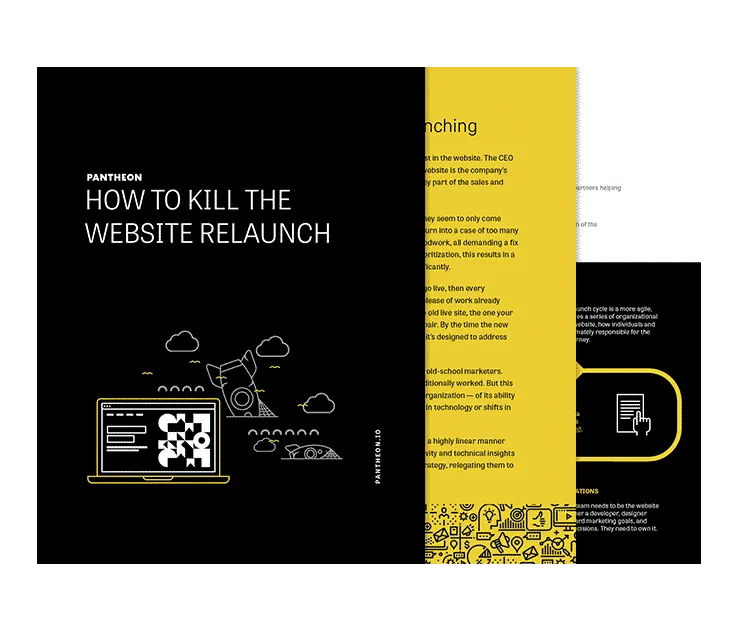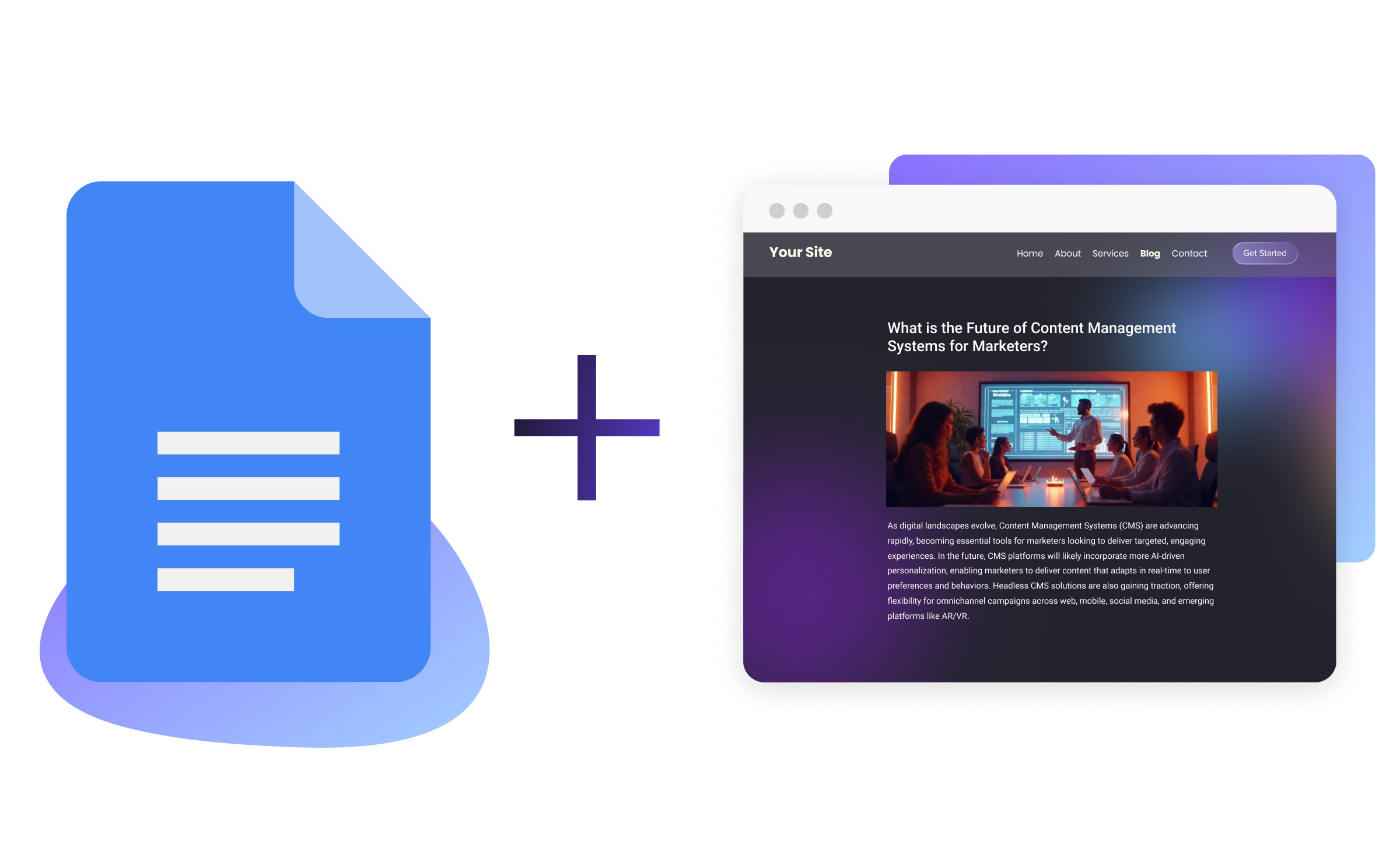Seven Steps to Escape the Website Relaunch
Image

It’s no surprise the traditional website relaunch model frequently fails to deliver the promised business velocity. Instead of catching up, the website lags further and further behind. Because the website is the company’s most valuable digital asset, eventually that becomes unacceptable and someone will be brought in (or promoted) with a mandate to fix it. Again.
If this is you and you’ve inherited a wobbly Jenga tower instead of a solid stack, don’t panic. If you see people starting to gear up for yet another spin on the relaunch wheel, you know that significant investments will be required.
But you don’t need to be a prisoner of the patterns of the past. Here’s how you break the relaunch cycle with WebOps:
Do a website/Martech audit and find some quick wins. The current state might not be acceptable long term, but it’s there because of people doing the best they could for all the right reasons. A fresh set of eyes can almost always find a few optimizations that can improve things.
Use the discovery process to start aligning on goals. As we discussed before in How Launching Fast with WebOps Adds 5+ Years of Life to Your Site, it’s tough to deliver extraordinary website performance without a common agreement on what that means. You’ve got a mandate for change, so use it to drive alignment. Your quick wins will give you credibility to get your peers on the same page.
Assemble the right team. Make sure you’ve got a cross-functional group of people working on the project. You need to have autonomy for this to work, so you’ll need people from both Marketing and IT working together. You might also find skill gaps or just capacity issues that mean you need some outside help. No shame in that.
Don’t over-invest in any particular design or UX or systems integration. They’re all going to change. Instead, make sure you get stakeholders’ buy-in on the minimum viable product (MVP), priority alignment on what comes next and the right tools in place to drive forward momentum on “day two.”
Architect for velocity. That will mean different things for different organizations. For those where there are existing initiatives like a design system underway, it could mean dovetailing with that to get some tailwinds. For the technically bold, it might mean decoupling the front end and going headless for maximum flexibility. For a great many, optimizing for in-house skills (e.g. via a best-practice Enterprise WordPress approach) will make the most sense.
Regardless of where your spec ends up, plan to roll out the new platform with 50% or more of your initial budget left to burn. That’s the acid test. However you calculate budget or capacity, a non-negotiable requirement for escaping the relaunch mentality is keeping gas in the tank. The real work is after the new site goes live, so plan accordingly.
Once you’re up and running, track your progress back to the KPIs you aligned on in Step 2 and start playing offense. As soon as you can start showing ROI from your efforts, more resources will be easy to obtain. Figure out what works and then double down.
Each of these steps could be a blog post in its own right. There are tons of tips and tricks for understanding and aligning your organization, and, of course, best practices in execution, process and technology. But hopefully, this gives you an idea of how you can escape one of the biggest traps professionals in our industry keep finding themselves in.
And you don’t have to do it alone; we’re here to help.


